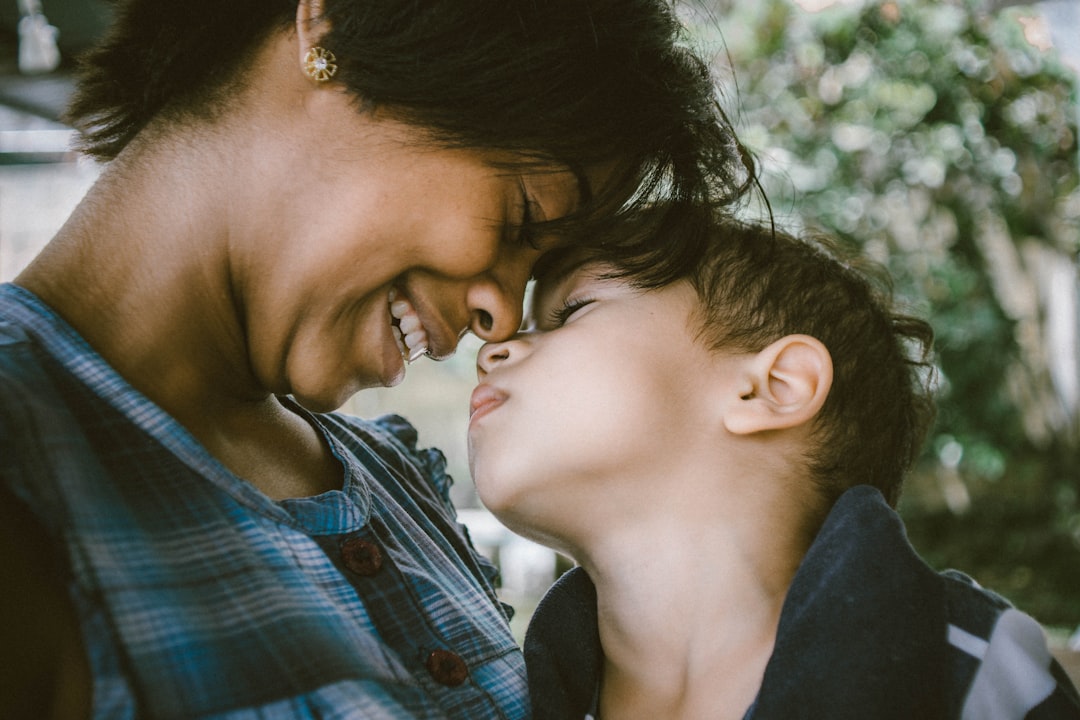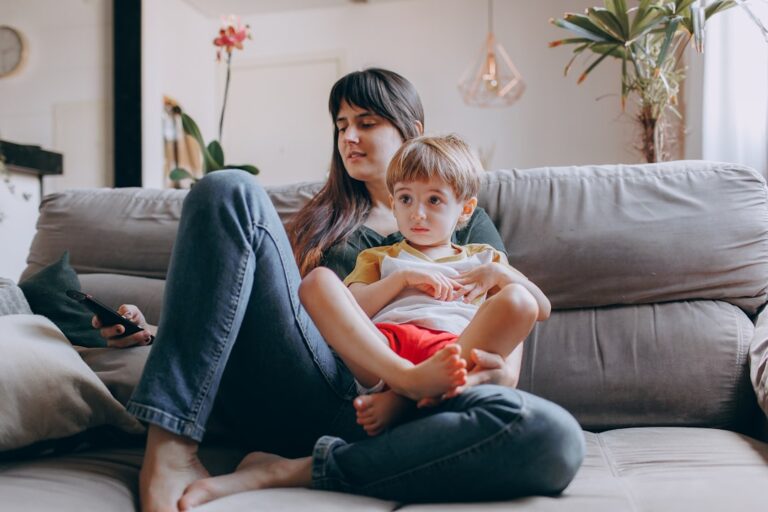Grandparents are often considered a blessing in a child’s life. They bring love, wisdom, and an extra set of hands for busy parents. But when it comes to defining a grandparent’s role, especially around setting boundaries, tension can arise. From differing parenting styles to unsolicited advice, many parents search for help in navigating grandparent boundaries without damaging family relationships. This article helps families identify, discuss, and maintain healthy boundaries with grandparents, creating a supportive environment for everyone involved.
Why Grandparent Boundaries Matter
Grandparents are often eager to be involved in their grandchildren’s lives—sometimes, a bit too involved. While their intentions are usually good, unclear boundaries can lead to confusion, resentment, or undermining a parent’s authority. Clarifying roles is about more than household rules; it’s about fostering respect, stability, and mutual trust across generations.
The Impact of Blurred Lines
- Mixed messages for children: Inconsistent discipline or rules can confuse kids.
- Parenting undermined: If a grandparent dismisses rules, children may disregard parents’ instructions.
- Family tension: Unspoken grievances can fester, impacting everyone’s relationships.
Establishing and respecting boundaries creates a clearer path to positive involvement and family harmony.
Common Boundary Challenges
Many families face similar grandparent boundary concerns. Acknowledging these helps normalize the conversation and set the stage for solutions.
- Overstepping with advice: Grandparents may offer persistent or unwanted parenting tips.
- Spoiling grandchildren: Gifts, sweets, or lax discipline that contradicts family norms.
- Unannounced visits: Dropping by without notice can interrupt routines.
- Disregarding routines: Ignoring nap schedules, screen time rules, or dietary restrictions.
- Comparisons or criticism: Comments about how the parents were raised, often suggesting the old way was better.
How to Set Clear Boundaries with Grandparents
When handled effectively, boundary-setting is not a confrontation—it’s an invitation to partner in the best interests of the child. Here are practical steps to communicate and maintain boundaries:
1. Start with Empathy
Grandparents may feel sidelined or worried about their relationship with their grandchildren. Recognize these feelings while emphasizing the need for open communication.
- Frame discussions in terms of what is best for the child, not a critique of grandparenting skills.
- Use “I” statements to avoid blame: “I feel stressed when routines are disrupted.”
2. Be Explicit and Consistent
Ambiguity breeds confusion. Share your expectations clearly, kindly, and early—ideally before misunderstandings occur.
- Explain your parenting philosophy.
- Define non-negotiables, such as safety rules or medical guidelines.
- Share family routines in writing if helpful.
3. Set Limits on Unsolicited Advice
Grandparents’ knowledge is valuable—but too much advice can feel overwhelming. Let them know when you appreciate input and when you need space to try things your way.
- “I value your experience, but we’re choosing to follow our pediatrician’s guidance on this.”
- Offer specific ways they can help, channeling their desire to contribute constructively.
4. Establish Visiting Guidelines
Set expectations around visits and babysitting:
- “Advance notice helps us plan better. Can we make sure to schedule playdates?”
- Provide a window for flexible drop-ins if appropriate.
5. Align on Discipline and Rewards
Discuss approaches to discipline and praise, particularly if you have different comfort levels around time-outs, consequences, or treats.
- “We’re avoiding sweets for now. Could we pick a toy or book as a reward instead?”
- Review any need-to-know house rules, especially if grandparents provide regular childcare.
When Grandparents Resist Boundaries
Even well-intentioned conversations can meet resistance or hurt feelings. Here’s what to try if boundaries are ignored:
Stay Calm and Reiterate
Remind grandparents of your stance kindly but firmly, repeating key points without escalation.
Use Natural Consequences
- If a rule is disregarded, temporarily scale back on unsupervised visits.
- Frame consequences as a need to support the child’s well-being, not a punishment for the grandparent.
Seek Mediation If Needed
If conflict persists, a family counselor or mediator can offer a neutral perspective and guide effective communication.
Healthy Grandparent Involvement: Finding the Balance
Research shows that strong relationships with grandparents benefit children in many ways—building security, offering role models, and tying them to family history. A positive grandparent role is possible even when boundaries are necessary.
Examples of Healthy Involvement
- Storytelling and tradition-sharing, linking children to family heritage
- Babysitting within agreed-upon parameters
- Cheering children on at activities without directing parenting choices
Encourage Connection, Not Competition
Remind grandparents they are not “competing” with parents. Their unique love and support can exist alongside, not in conflict with, your parenting style.
Tips for Grandparents: Embracing Boundaries Positively
- Ask, don’t assume. Check with parents about routines and preferences.
- Support, don’t override. Back up house rules, even when they differ from your own style.
- Be open to change. Parenting recommendations evolve—embrace new ideas along with old wisdom.
- Focus on fun. Find rituals and special activities unique to you and your grandchild.
Addressing Cultural and Generational Differences
Grandparent boundaries can be especially challenging in families with diverse cultural backgrounds, where expectations around roles and involvement may differ. Open conversations about values, child-rearing traditions, and holiday customs can help bridge gaps and avoid misunderstandings.
- Invite grandparents to share family traditions in ways that complement household routines.
- Keep communication ongoing, especially during major transitions like new siblings, moves, or changes in care arrangements.
Conversation Starters for Parents
Not sure how to bring up boundaries? Here are some gentle ways to introduce the topic:
- “We’re figuring out routines and what works for us. Can we talk about some ways to keep things consistent?”
- “I’d really appreciate your help supporting our approach to discipline so it doesn’t get confusing for the kids.”
- “We love how much you want to be involved, and we want to make sure it’s positive for everyone.”
Frequently Asked Questions
Should I confront a grandparent who keeps breaking rules?
Use calm, non-confrontational language. Focus on your child’s needs more than the rule-break itself. If the issue persists, consider involving a neutral family member or therapist.
How can I handle favoritism shown by grandparents?
Bring it up gently, sharing your observations and worries about sibling relationships. Emphasize the importance of all children feeling loved and included.
What if we need to limit grandparent access for safety or well-being?
Your child’s safety comes first. Be compassionate but clear about your reasons, and describe what would need to change for greater involvement in the future.
Conclusion: Protecting Relationships Through Boundaries
Boundaries with grandparents can feel awkward at first, but they protect not just parents and children—but grandparent relationships too. By setting clear expectations, communicating openly, and focusing on what benefits the whole family, you can create space for all generations to thrive together. Remember: healthy boundaries aren’t barriers; they’re bridges to stronger, more supportive bonds.




